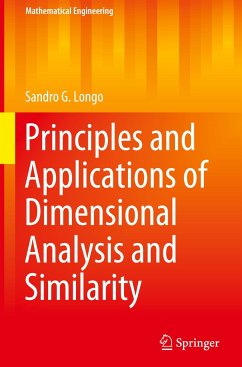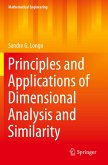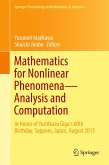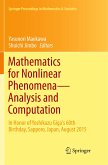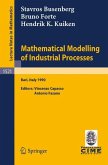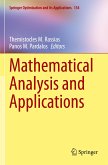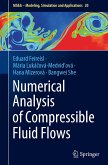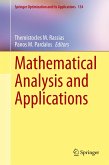The book provides a summary of the historical evolution of dimensional analysis, and frames the problem of dimensions, systems of units and similarity in a vision dominated by the conventions that formalise even the exact sciences.
The first four chapters address the definitions, with few dimensional analysis theorems and similarity criteria. There is also the analysis of self-similarity, both of first and second kind, with a couple of completely solved problems, framed within the group theory. From chapter 5 onward, the focus is on applications in some of the engineering sectors. The number of topics is necessarily limited, but, almost always, there are details, calculations and treatment of assumptions. The book contains descriptions of some of the experimental apparatuses currently used for the realisation of physical models, such as the wind tunnel, the shaking table, the centrifuge, and with the exclusion of many others, which can be found in specialist monographies. Measurementtechniques and instrumentation and statistical data processing is also available in other books.
Some more specific notions, required by the context, are reported in the appendix, where appears also the description of numerous dimensionless groups, all of engineering interest, but with the exclusion of many others related to physical processes of electrical nature or physics of particles. A glossary lists the meaning of some specific terms typical of dimensional analysis and used in the book.
The first four chapters address the definitions, with few dimensional analysis theorems and similarity criteria. There is also the analysis of self-similarity, both of first and second kind, with a couple of completely solved problems, framed within the group theory. From chapter 5 onward, the focus is on applications in some of the engineering sectors. The number of topics is necessarily limited, but, almost always, there are details, calculations and treatment of assumptions. The book contains descriptions of some of the experimental apparatuses currently used for the realisation of physical models, such as the wind tunnel, the shaking table, the centrifuge, and with the exclusion of many others, which can be found in specialist monographies. Measurementtechniques and instrumentation and statistical data processing is also available in other books.
Some more specific notions, required by the context, are reported in the appendix, where appears also the description of numerous dimensionless groups, all of engineering interest, but with the exclusion of many others related to physical processes of electrical nature or physics of particles. A glossary lists the meaning of some specific terms typical of dimensional analysis and used in the book.
"I really enjoyed this book. The writing is clear and eloquent, and it was fun to see a wide range of fundamental physical principles derived in a concise manner. The book is substantial with a wide scope, so should be valuable to many." (D. J. W. Simpson, SIAM Review, Vol. 65 (3), 2023)

